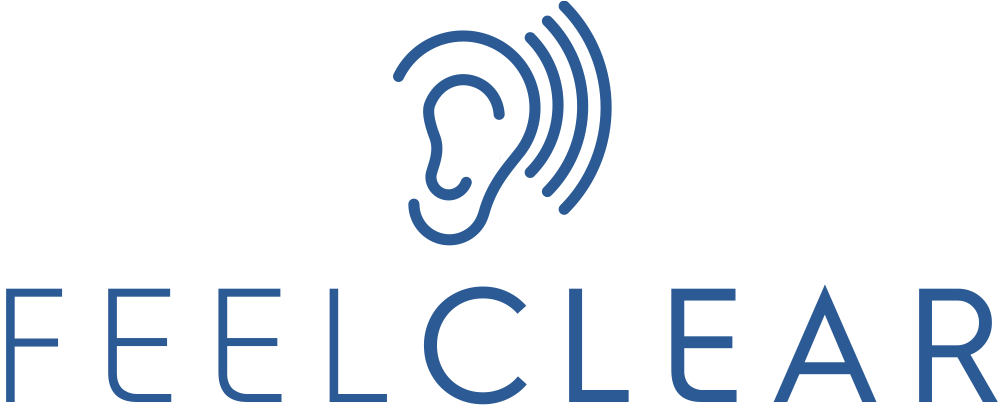Everything you should know about hearing tests.
It is recommended that we visit the dentist for a check-up every six months, that we get our eyes checked every two years and we get a general health check every five years once we reach 40. But what about our hearing?
Many will suffer from hearing loss to a certain degree in their life. Even if you avoid being affected by environmental conditions, age-related hearing loss is a fact of life (find out more about the causes of hearing loss here). Age UK report that around 40% of those over 50 are affected by varying degrees of hearing loss.
Added to the fact that when a loss is detected earlier, it can be easier to slow down the decline, so why hasn’t it become a society standard to have hearing tests?
When should I have a hearing test?
If you are experiencing hearing loss then you should see a professional as soon as possible. When diagnosed with hearing loss and wearing hearing aids it is recommended to have annual hearing tests to ensure that your hearing aids are working in the most optimal way for you.
Even those who don’t feel that they are suffering from hearing loss should have regular tests as you may not notice a change to your own hearing in the beginning. I recommend that everyone over the age of 21 should have hearing tests every five years.
The reason behind this is that our hearing can decline by an average of 2-5db a year. This may go unnoticed at first but generally speaking we tend to notice 3db changes to our hearing.
Who can do a hearing test?
Hearing care assistants can carry out some tests to check for basic hearing levels, or signs of conditions that can cause a temporary hearing loss, such as an ear wax build-up or ear infection. However in the UK only a HCPC registered audiologist can conduct a full hearing test and dispense hearing aids.
What should I expect at a hearing test?
The following applies to private hearing consultation and includes what should be done according to regulation, best practice and what I do with my clients to ensure they receive the best care that I can give.
At the beginning of your appointment your audiologist will go through some admin activities to gain consent from you, so that they can create a confidential medical record to document your results. As part of this they will ask you a range of questions to check if there are any referable conditions and compile a medical history of the health of your ears and your hearing.
They will then conduct a visual check of your ear, including the eardrum(s). This is a key step as blockage, such as a build up of ear wax, will mean that the hearing test can’t go ahead. As I’m also trained in ear wax removal, I’m able to remove earwax so we can then proceed with your hearing test at the same appointment.
Not all audiologists provide ear wax removal though. If your audiologist is unable to remove the blockage you will need to get that seen to elsewhere before returning at a later date for your hearing test.
The visual check also allows your audiologist to check for other conditions or issues, such as ear infections and helps them to gain an understanding of whether you may have a conductive hearing loss.
The hearing test itself is done using calibrated audiology headphones or ear inserts. A series of sounds are played through these to test which frequencies you are able to hear. They are heard as beeps and are referred to as tones. Full hearing tests should include the frequency range of 250 hz-8000 hz which covers the frequencies used in everyday speech.
The audiologist will play each tone between 1-3 seconds long and you press a button when you hear it. The results are recorded on a graph called an audiogram which will reveal your hearing range.
In some cases, a more extensive test is necessary which will cover a wider range of frequencies and/or a different type of hearing test called a bone conduction test. This will help them to determine the cause of the hearing loss and the full extent of it. Your audiologist should explain why they recommend this and what is involved.
What do your results mean?
Hearing loss is measured in decibels, the unit of measurement for sound. The standard thresholds are:
-10db-25db - no hearing loss
25-40db - mild hearing loss
40db-70db – moderate hearing loss
70db - 90db - severe hearing loss
90db+ - profound hearing loss
Having an idea of what your results are and what they mean can help you understand how your hearing is changing over time.
If you don’t understand anything at any point before, during or after your appointment don’t be afraid to ask questions. I’m always happy to explain anything, as I want you to feel at ease and I hope other audiologists are the same.
If you’d like to book a hearing test with me at Feel Clear Hearing click here to book an in clinic appointment or home visit and I’ll be happy to provide a full hearing assessment or free basic hearing check depending on where you are with your hearing journey!


